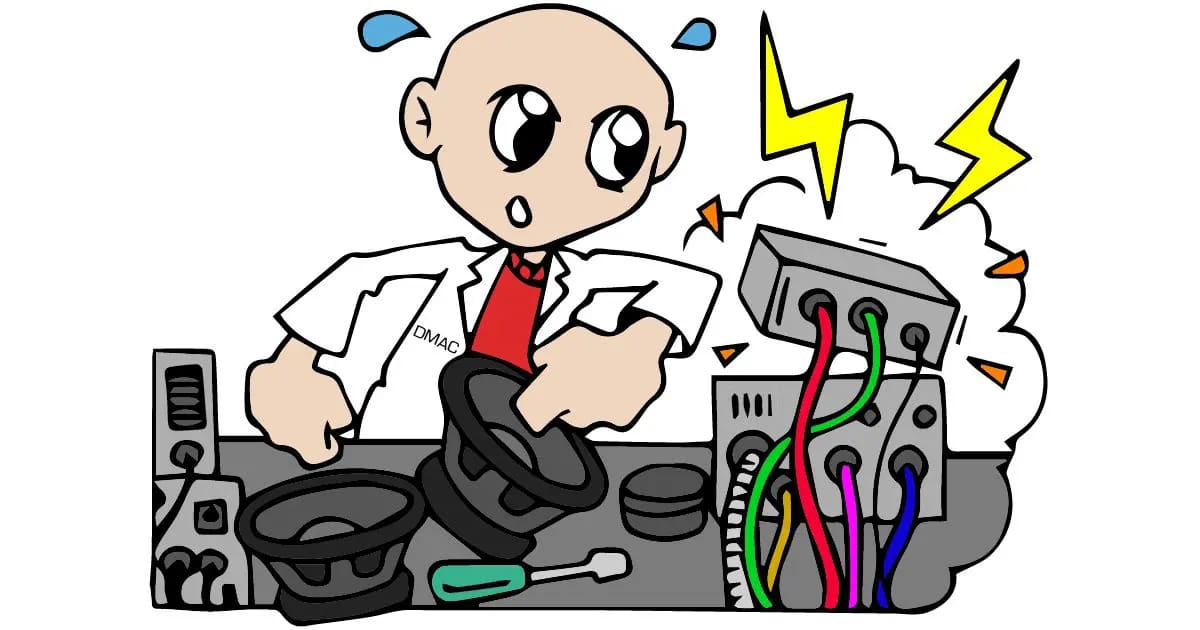Sometimes, it’s fun to poke at certain stereotypes in the audio community. Those who consider themselves audiophiles are often the easiest to harass as they frequently fall prey to crazy marketing stories sprinkled with just enough technical words to make them sound plausible. Do your speaker cables need acrylic spacers to keep them off the floor? Should you paint the edge of your compact discs with a green marker? Do more expensive speakers always sound the best? Let’s investigate a few topics and discuss how they relate to car audio upgrades. I think there are some wise pieces of information – and clear lessons to be learned.
Shopping for Speakers
If there’s one lesson car audio enthusiasts should learn from our home audio brethren, it’s that we should audition speakers under very controlled conditions. The home guys often spend months or even years listening to music on every imaginable speaker they can. Whether they’re into Pink Floyd, Hans Zimmer, Dire Straits or Holly Cole, they listen for the slightest variations in tonal accuracy, how dynamic the system sounds and how well it images. Several of these factors have more to do with the environment and system configuration than the speakers. Nevertheless, the folks who are serious about sound quality take speaker buying very seriously.
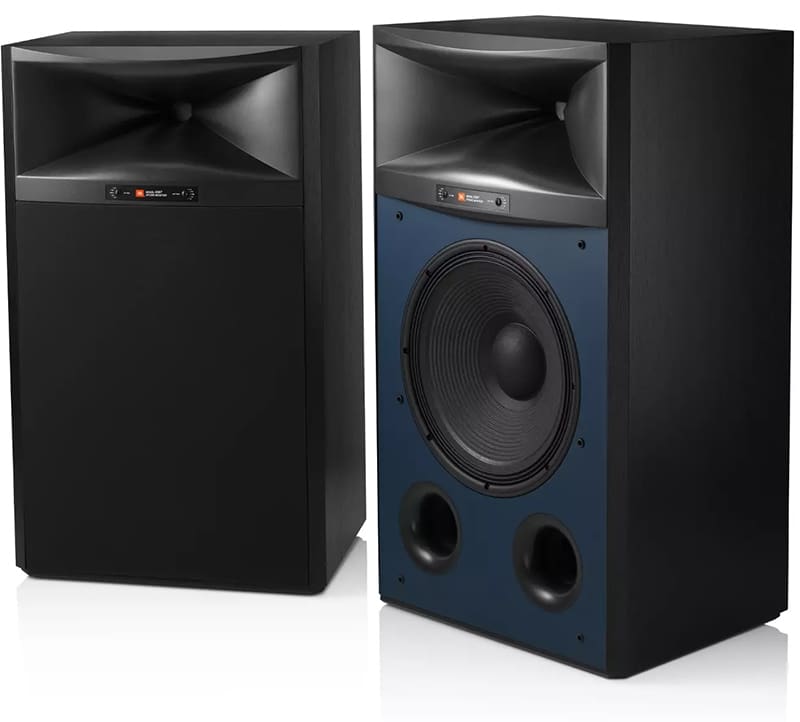
The takeaway is that car audio enthusiasts should spend time listening to several speaker options. Once the product specialist you’re working with has advised you what size speakers are appropriate for your vehicle, listening to as many options as possible will highlight the differences between them. Some speakers might have a high-Q design that adds a bump in the midbass and added warmth. This often comes at a detriment to the perceived “tightness” of the speaker. Other options might have a shorting ring that smooths the performance in the upper midrange and adds clarity. Without proper system calibration with a digital signal processor, new speakers won’t sound the same in your vehicle as they do on display. That said, the relative difference in speaker performance will remain the same. Well-engineered, high-quality speakers will always sound better than those with no quality-enhancing technologies.
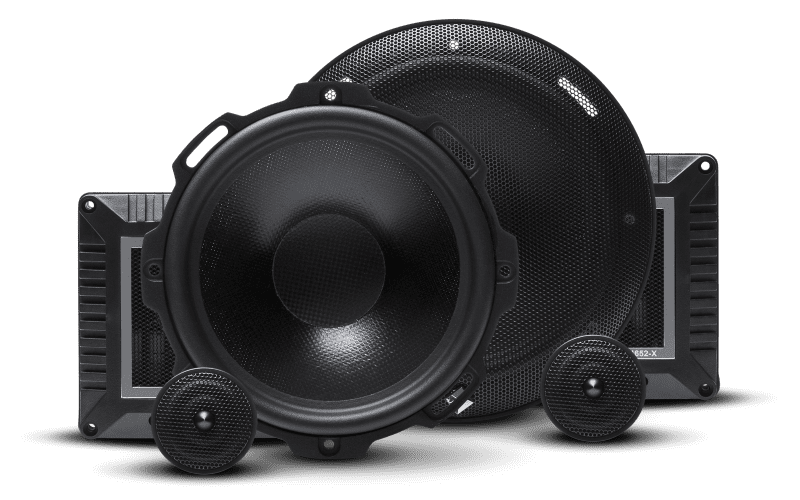
It’s Not About the Power
One thing you will rarely hear from a home audio enthusiast is them asking how much power a speaker can handle. Many high-end home audio speakers don’t list continuous or maximum power ratings. Why? Because the numbers mean nothing in the context of determining the quality and performance of a speaker system.
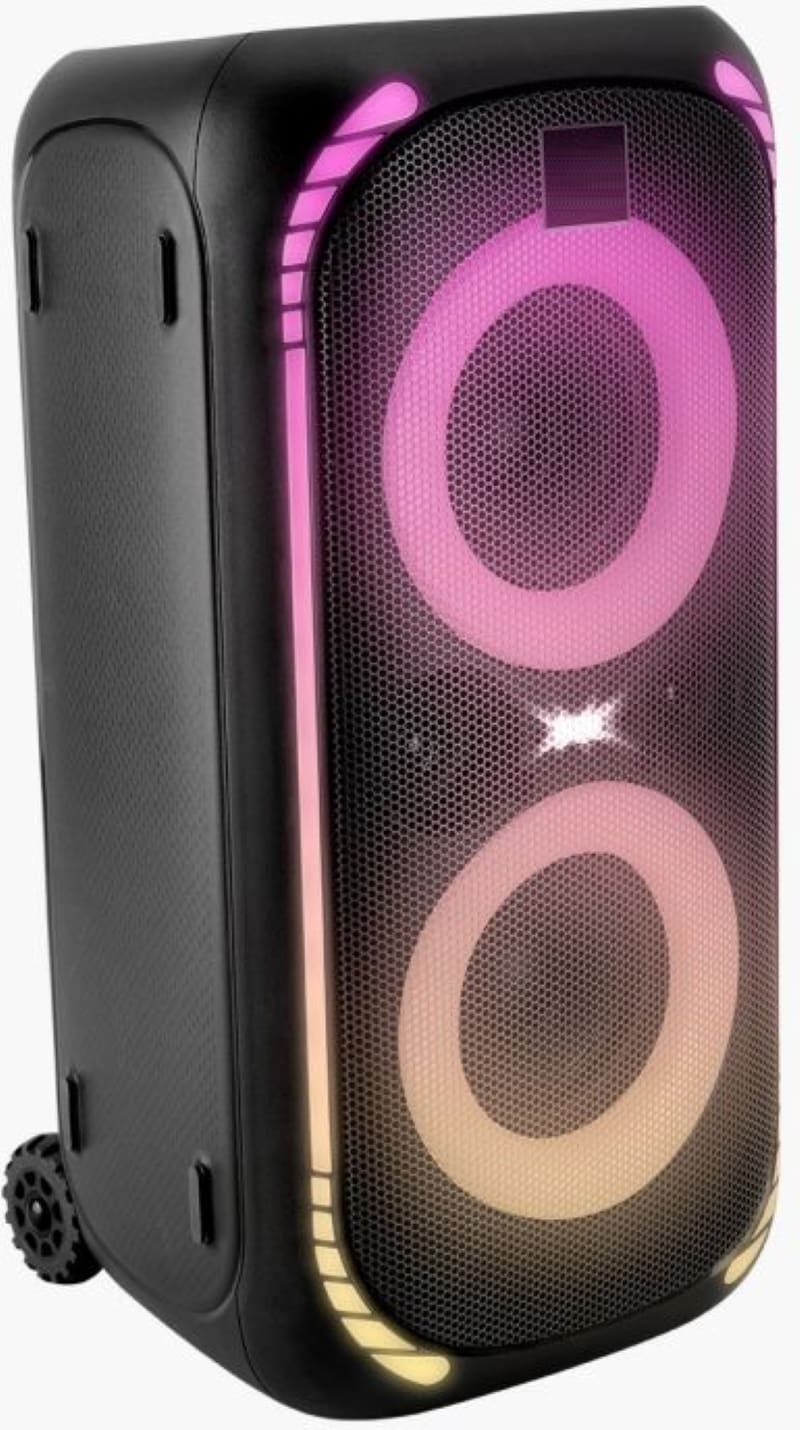
If you are planning a car audio system designed to play as loudly as possible, you’ll want to look at power handling numbers on the subwoofers. You wouldn’t choose subwoofers rated for 250 watts to work with a 1,000-watt amplifier. The power rating might indicate increased output capability if it’s associated with increased woofer excursion. Even then, the numbers have nothing to do with quality or accuracy.
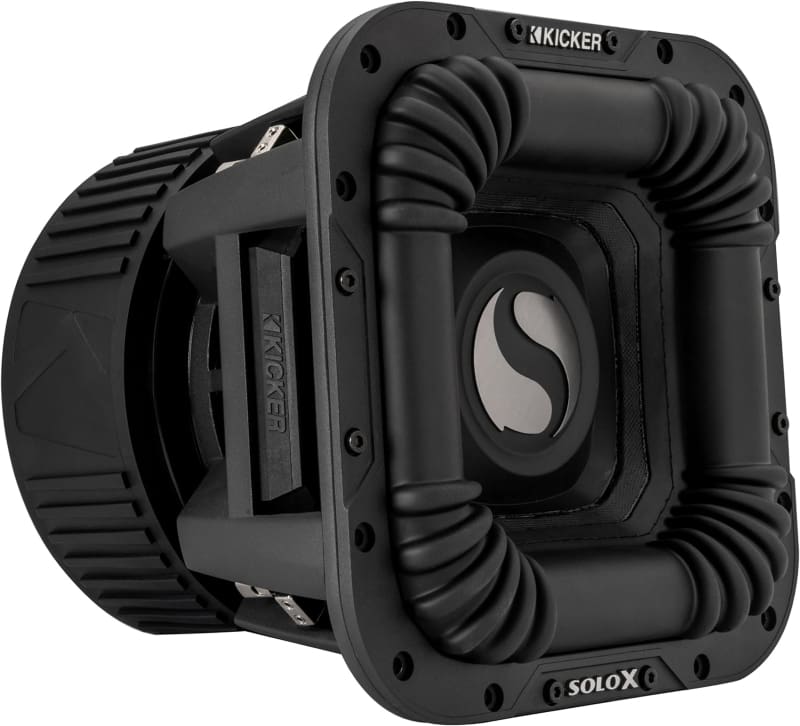
A niche market within the home audio industry loves low-power tube amps. Having 5, 6 or even 8 watts of power is all they need. In these instances, shoppers might look for speakers with slightly higher efficiency numbers. Once again, it’s a balance of features, design and performance. We witnessed one such system recently. Each speaker had four 12-inch woofers and a coaxial 12-inch midrange. As you can imagine, they were gigantic and quite expensive. The flip side is that making raw speakers efficient is always a trade-off in bass output. Hence, there is a need for four relatively massive woofers in a floor-to-ceiling-tower. You’ll never beat the laws of physics.
Room Treatment and Noise Control
Savvy home audio enthusiasts often spend a great deal of time and money on room treatment, from absorption and diffusion panels for the walls and bass traps to loaded bookshelves, heavy curtains and deep pile carpets. Each of these can affect the frequency response and clarity of the music presentation. Now, it’s unlikely a car audio enthusiast will stick corrugated foam panels to the doors or ceiling of their car or truck. With that said, some significant upgrades are available.
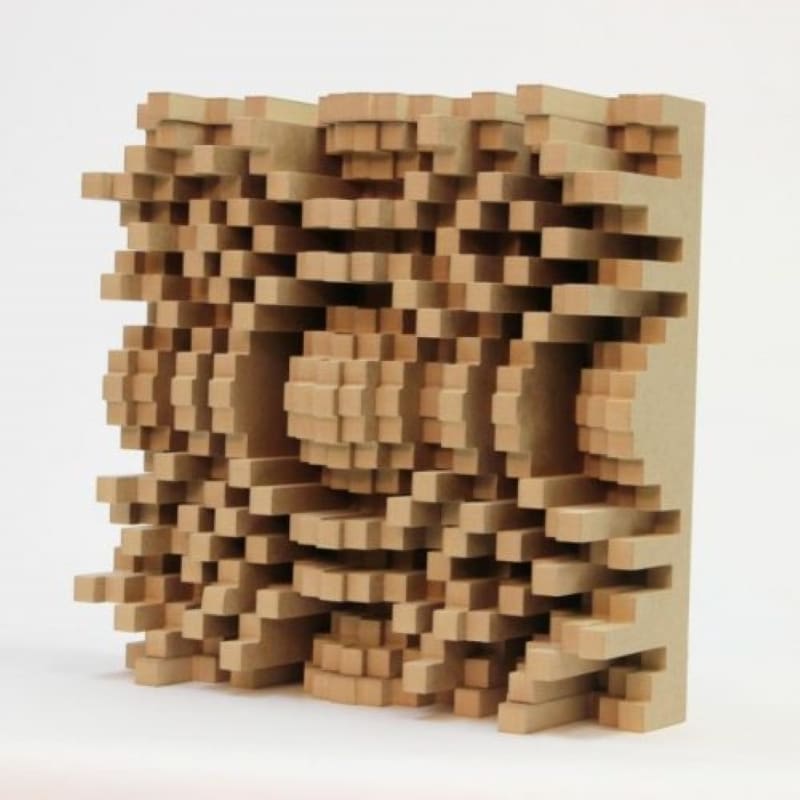
Sound-deadening materials are an essential part of any car audio system. Keeping road, wind and mechanical noise at bay is crucial to hearing the subtle nuances in our favorite songs. Sound-deadening products applied to outer door skins increase their mass to reduce the ability for sound energy to pass. The roof, floors, doors, trunk lid, hatch, fenders and firewall are all optimal locations for sound deadening.
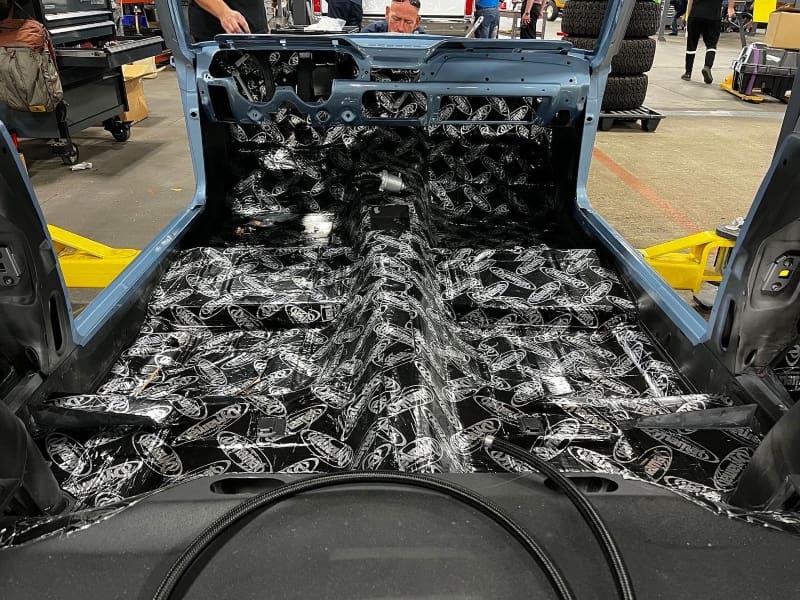
What To Look for in Sound-Deadening Products
We recommend using products designed specifically for automotive applications that are compliant with the Motor Vehicle Safety Standard (MVSS) 302 for the Flammability of Automotive Materials. Also, don’t fall prey to DIY sound-deadening comparisons. The standard for measuring the performance of damping products is the ASTM E756 test. Finally, make sure any comparisons you read are based on the total mass of the deadening material. Thicker or denser products will almost always perform better, but that comes at the expense of added weight, which affects vehicle efficiency.
Audiophiles Seem to Shun System Equalization
The home audio guys are just starting to grasp the concept of how important it is to calibrate an audio system for the listening environment. Until now, they’d fine-tuned their systems by moving the speakers, adding or subtracting objects from the room or changing interconnect cables and speaker wires. As we’ve proven, the latter affects performance, but the impact is minuscule, verging on microscopic.
For car audio systems, we know that a digital signal processor is essentially a necessity when it comes to getting great sound. Further, the perception of quality is tied more to the skill of the technician calibrating the system than the sheer quality of the processor itself. In short, an amateur can make a system sound mediocre with the best processor, and an expert can make a system great with a fairly good unit. Don’t overlook processor quality, though; there are clearly evident accuracy and transparency differences between the offerings. You never get something for nothing, so it’s worth investing in a high-quality product and expert calibration.
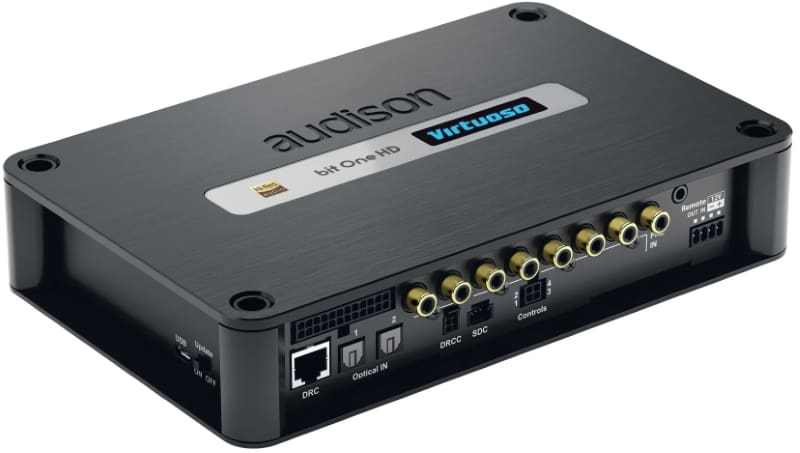
Myths About RCA Interconnect Cables
While we’re on the topic of cables, we’ll mention that silliness like the elevating blocks and fancy cables that come packaged in individual flight cases are often voodoo. They might sound different, but the same benefits can be had from a single tap on the keyboard when setting up a digital signal processor. What does matter in car audio interconnect cables is that your system is wired with the proper cable geometry for the inputs on the equipment you’ve chosen. Coaxial interconnect cables are the best choice if you have inexpensive gear with single-ended inputs. If you have processors and amplifiers with balanced/differential inputs, you should use twisted-pair interconnects.
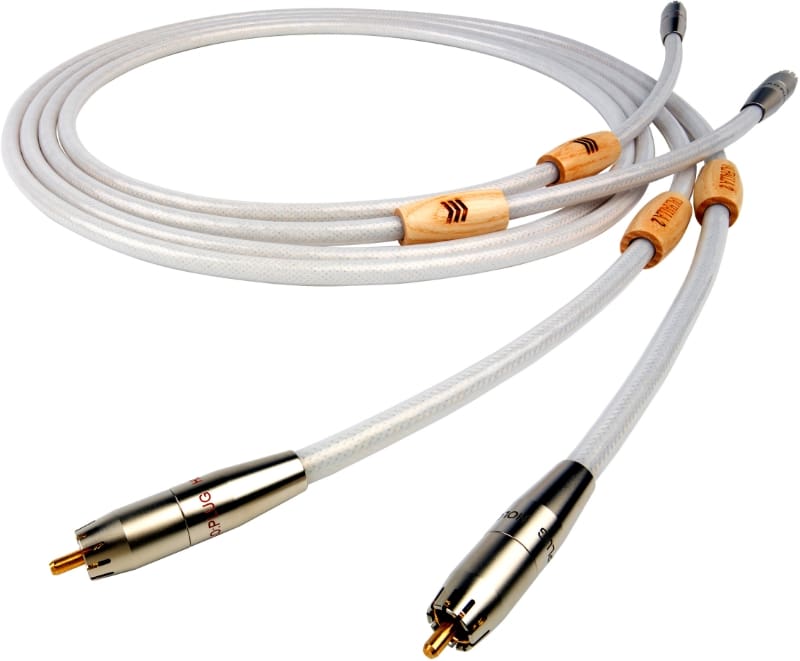
One last thought on car audio interconnects. Their perceived quality is often based primarily on their ability to keep noise out of the system. The geometry options above are a good starting point. Proper shielding that covers the entire length of the cables is also crucial. Even with balanced inputs, never letting noise on the cable is a better option than circuitry trying to remove it.
Subwoofers Make Everything Better
Many two-channel home audio enthusiasts turn up their noses at adding a subwoofer to their audio systems. However, instruments like a pipe organ, piano, harp, tuba or contrabassoon, not to mention a synthesizer, can produce audio information that extends well under 30 Hz. Only the most massive full-range speakers can reproduce these frequencies with any authority. A bookshelf speaker on a stand has no hope of being authoritative in the bottom few octaves. As such, even a moderate-sized subwoofer designed to produce output below 30 hertz can be a massive upgrade to the realism of a home audio system.
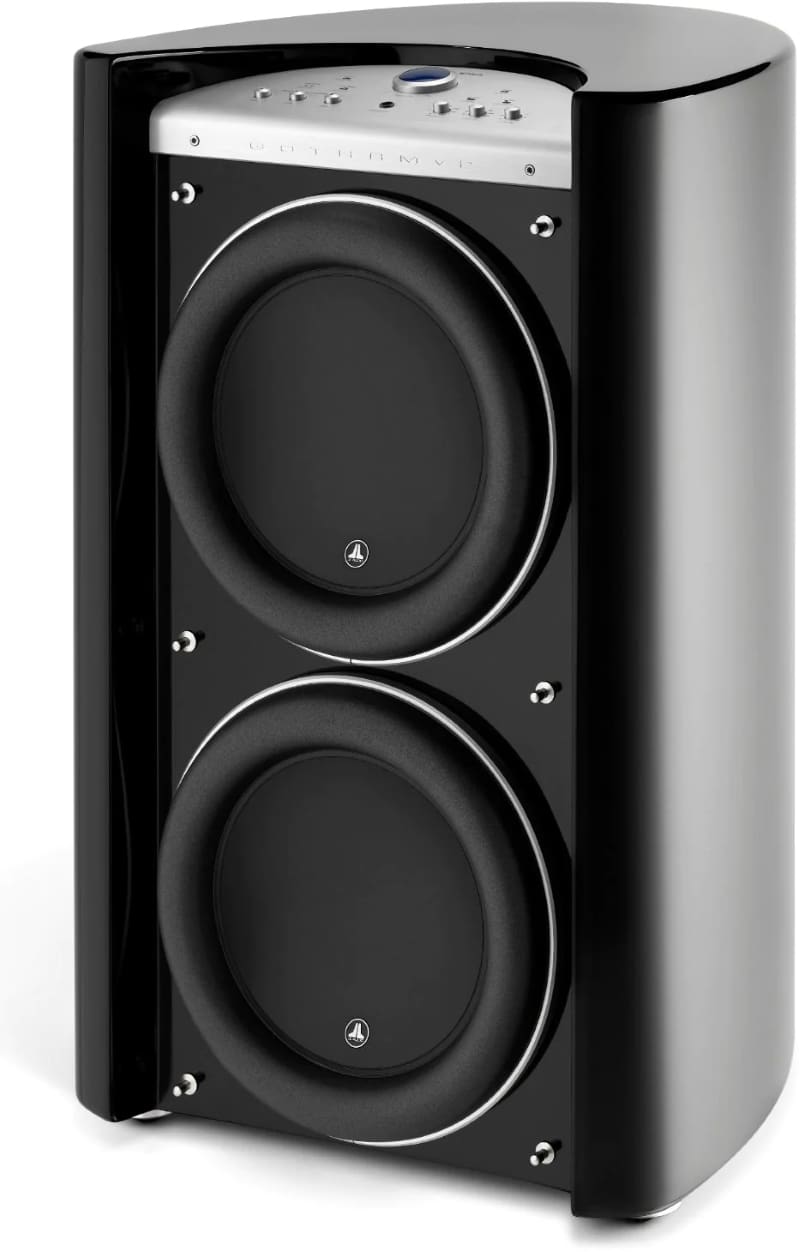
Automotive audio systems have an advantage in that the size of the listening environment boosts low frequencies. Still, even the best factory-installed audio systems are often weak below 30 hertz, as reproducing these frequencies takes a lot of power. Adding a subwoofer to your car audio system serves two important purposes. First and most importantly, you can hear the lowest notes in your music more clearly.
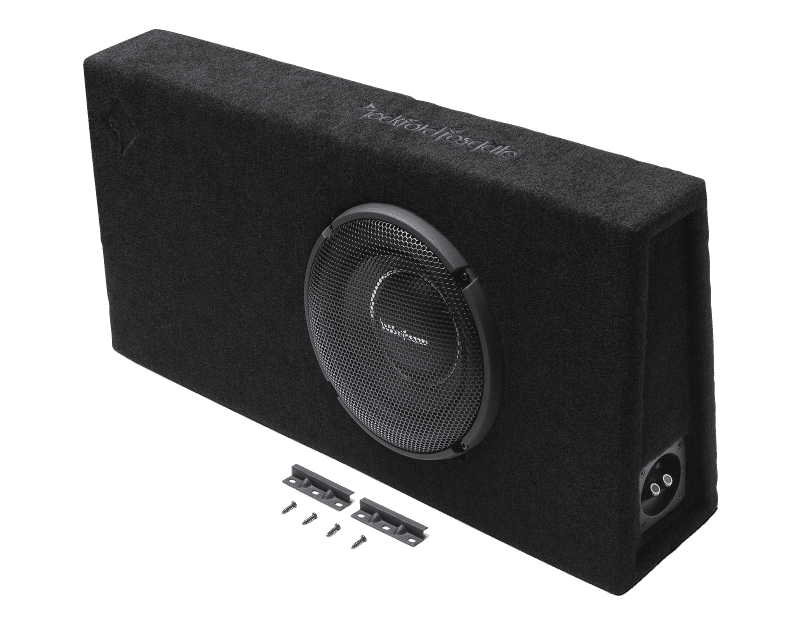
Louder Music with Less Power
The second benefit comes from the fact that many car audio enthusiasts listen to music at high volume levels. The relatively small speakers and low-power amplifiers found in factory-installed audio systems or basic aftermarket upgrades have to strain themselves to reproduce bass frequencies. We’ve demonstrated repeatedly that increased speaker excursion correlates to increased distortion. Adding a subwoofer to your car stereo alleviates the need for the small speakers to work as hard. As such, they can focus on midbass and midrange information, and your music will sound better.
Of equal importance, it takes more power to reproduce low frequencies. If you add a subwoofer, even a 20-watt-per-channel radio can sound like a 50- or 60-watt amplifier when the bass is filtered out. In short, combining a subwoofer in a well-designed enclosure and a moderately powerful amplifier will let the small speakers and amplifier play at much higher volume levels without distorting.
Don’t Be Fooled by High Prices
One last thought before we finish. A huge segment of the home audio market focuses on price rather than performance. Exotic finishes on a speaker enclosure don’t make them perform better. The same goes for fancy machining on an amplifier chassis. We’ve heard several audio systems with speakers worth $250,000 that didn’t sound as good as some that cost well under one-tenth that price. The same applies to amplifiers, source units and so on. We’ve heard the most expensive speakers in the car audio industry, and once again, options that cost one-tenth of their price sound more accurate and detailed.
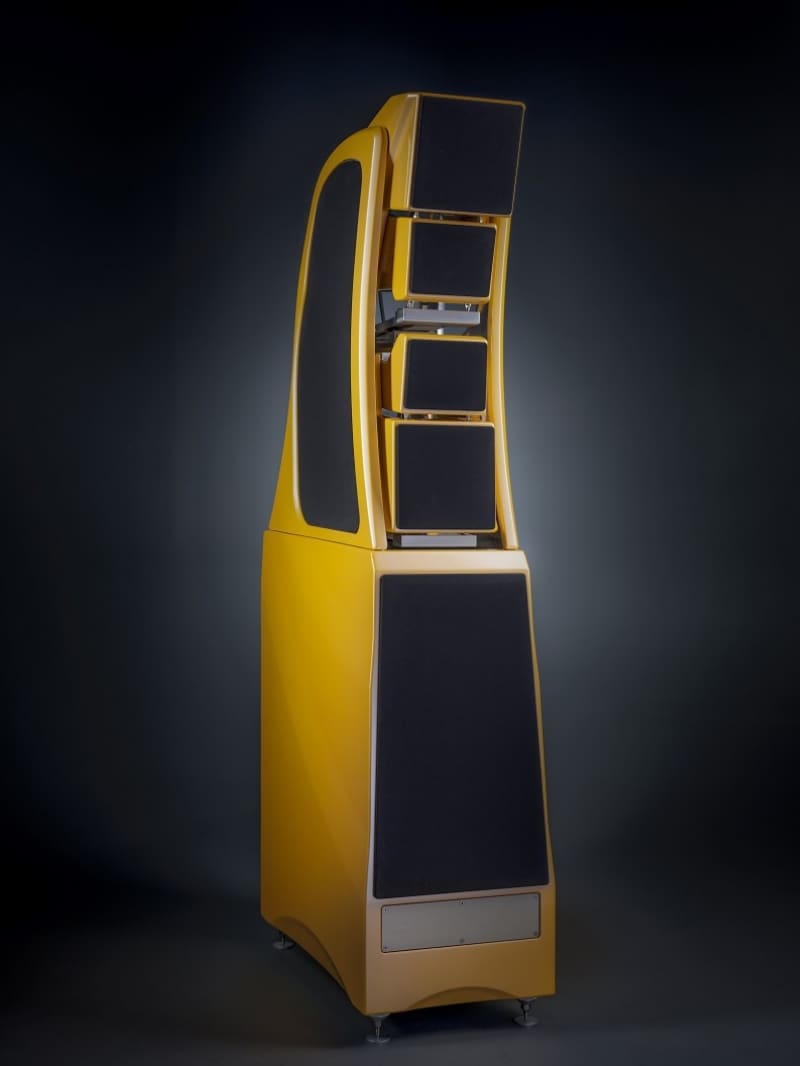
We fully understand that sometimes, what something is worth is a matter of bragging rights. A $1 million Patek Philippe Grandmaster Chime watch likely doesn’t keep time any better than a $500 Citizen Eco-Drive, but one of the two certainly makes a statement. People often buy expensive products for prestige and exclusivity to boast that they have “the most expensive” or “rarest” of a specific item.
Regarding audio components, we believe that performance matters the most, and the styling of the installation should match the vehicle. We wouldn’t suggest that a raw, unfinished wood speaker enclosure is the best solution for a subwoofer on the parcel shelf of a Ferrari. Have the sub molded into the vehicle and wrapped with matching carpet, vinyl or leather. But spending money on acrylic panels, lighting, carbon fiber inserts or other fancy materials instead of better-sounding, higher-performing products isn’t our cup of tea.
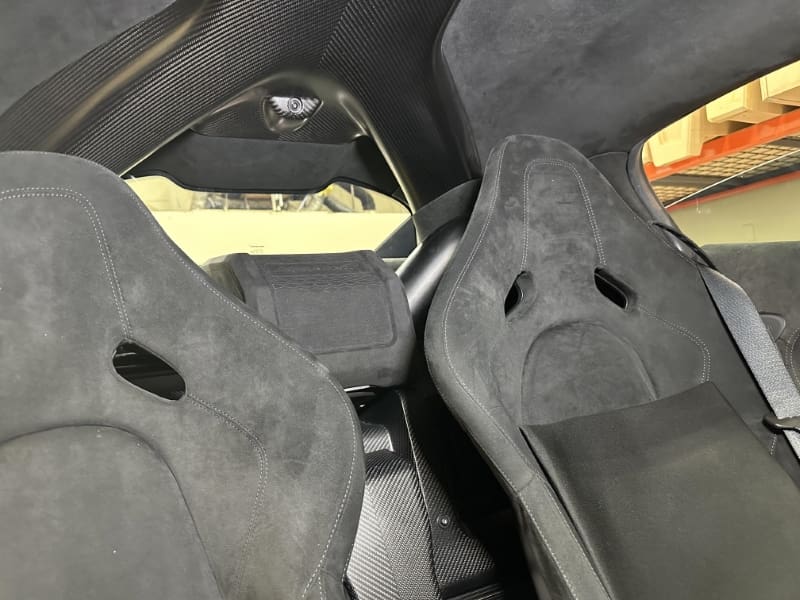
Learn the Science Behind Audio to Get the Best Upgrades
Hundreds of articles here at BestCarAudio.com explain the science and physics of how speakers and amplifiers work and how to pick the best products for your car’s audio system. In all cases, a hands-on approach to evaluating the performance of any product you want is the best starting point. This is especially crucial when it comes to assessing the performance of a source unit.
Learn to listen carefully, and you’ll make purchasing decisions that deliver the best balance of performance and value. Drop by a local specialty mobile enhancement retailer to audition solutions for your vehicle, then have their team of experts integrate, configure, and, where needed, calibrate those products to deliver the best possible performance.
